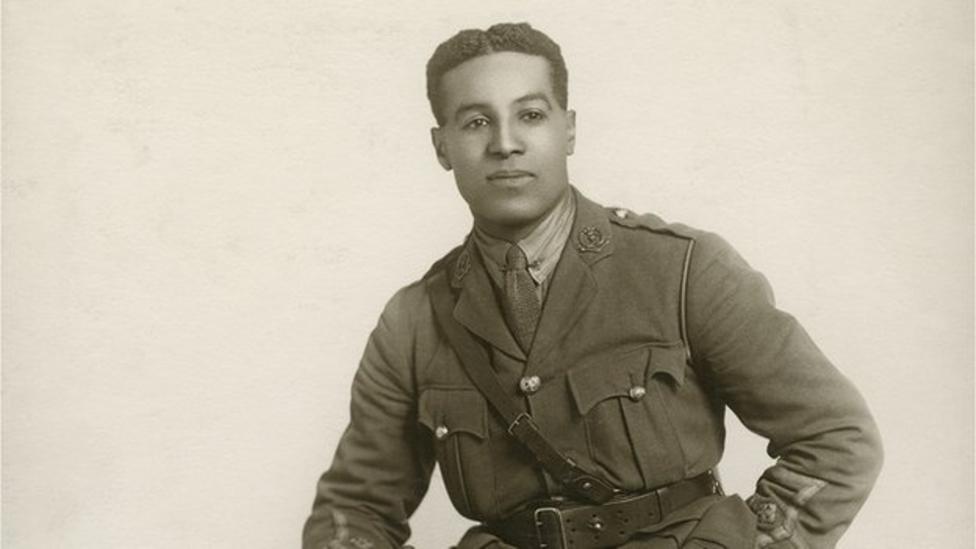Census Bureau’s Own Expert Panel Rebukes Decision to Add Citizenship QuestionPosted in Articles, Census/Demographics, Media Archive, Politics/Public Policy, United States on 2018-03-31 01:51Z by Steven |
Census Bureau’s Own Expert Panel Rebukes Decision to Add Citizenship Question
The New York Times
2018-03-30
Michael Wines, National Correspondent
 A Census Bureau panel denounced the decision this week to add a question about citizenship to the 2020 census, saying it would depress the response. Ross D. Franklin/Associated Press |
The Trump administration’s decision to add a question on citizenship to the 2020 census, already the target of lawsuits and broad criticism by statistics authorities, drew a new opponent on Friday: the experts who advise the Census Bureau itself.
Those experts — prominent demographers, economists, engineers and others who make up the Census Scientific Advisory Committee — said in a statement that the decision was based on “flawed logic,” could threaten the accuracy and confidentiality of the head count and likely would make it more expensive to conduct.
In the statement, addressed to the acting Census Bureau director, Ron Jarmin, the committee also said it worried about the “implications for attitudes about the Census Bureau,” an allusion to fears that the latest move jeopardized the bureau’s nonpartisan reputation…
Read the entire article here.








